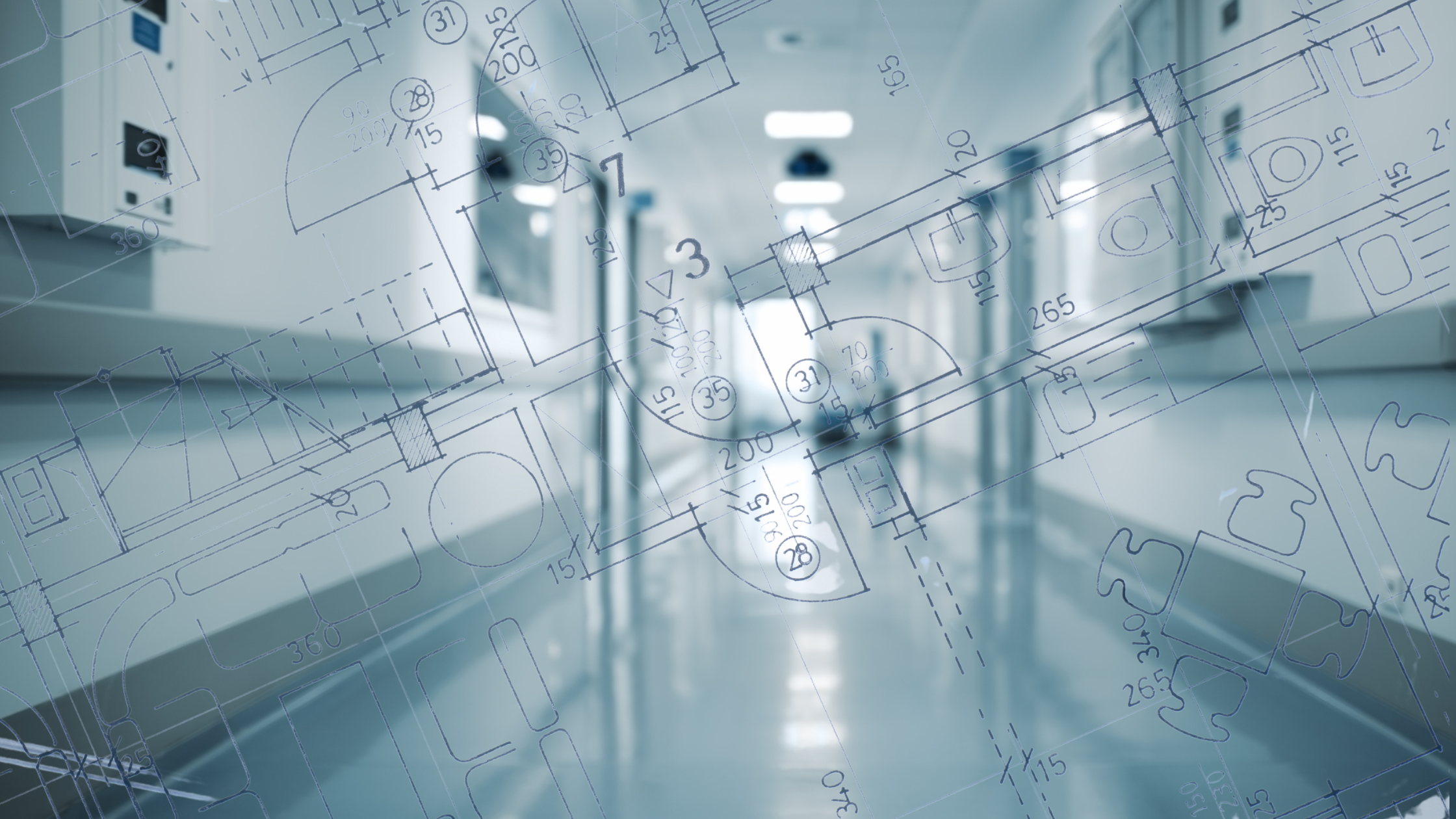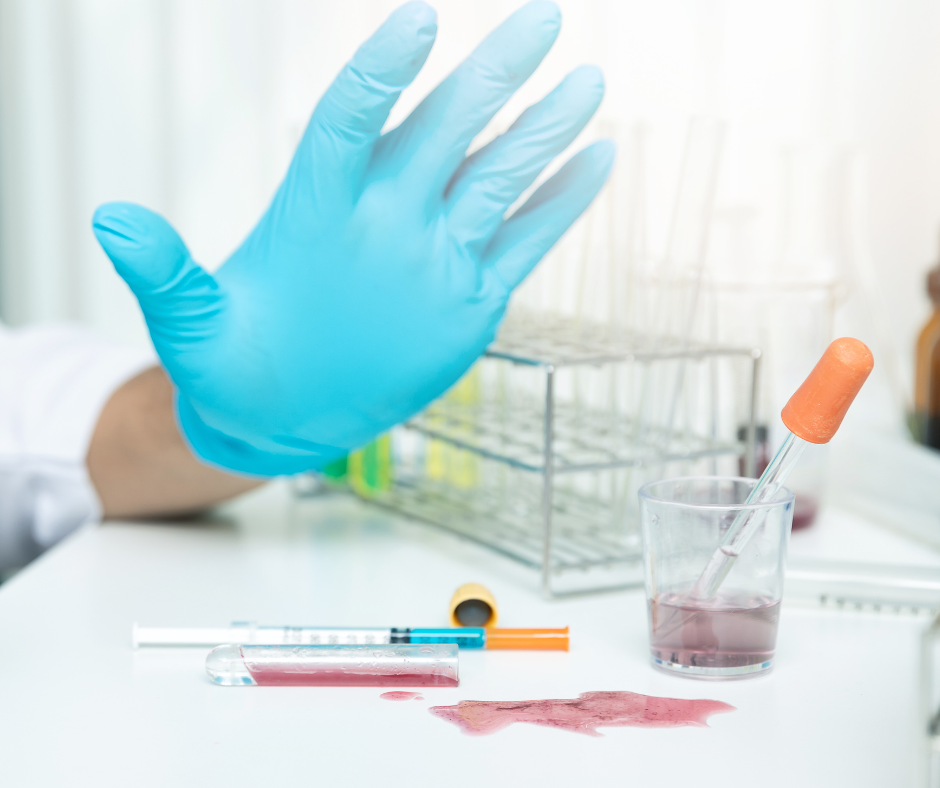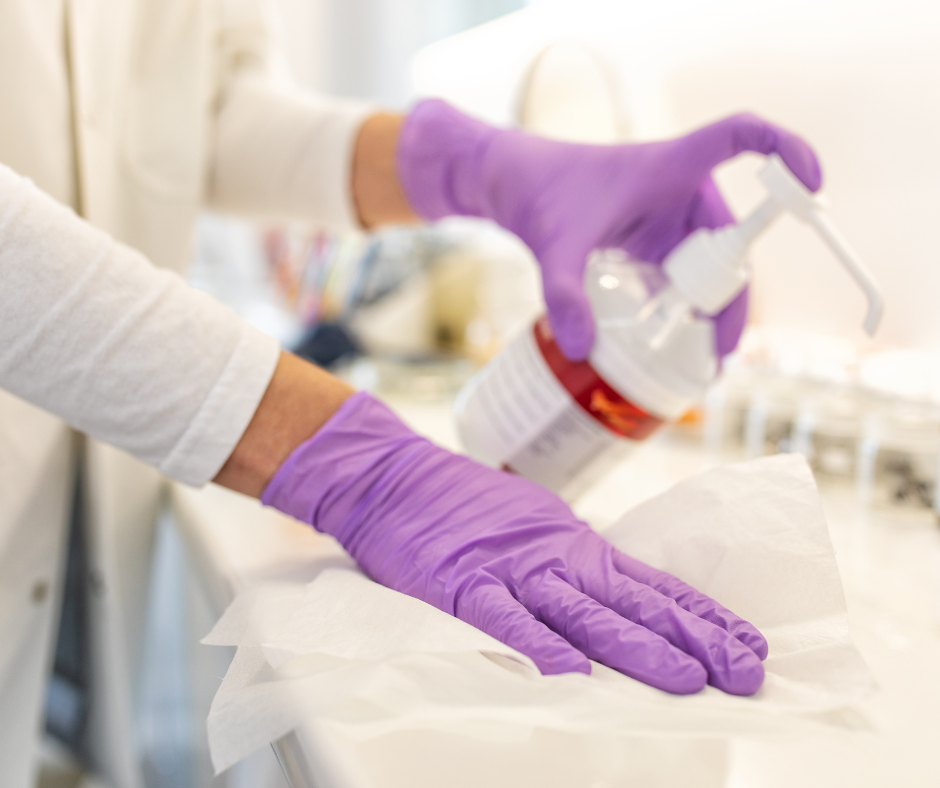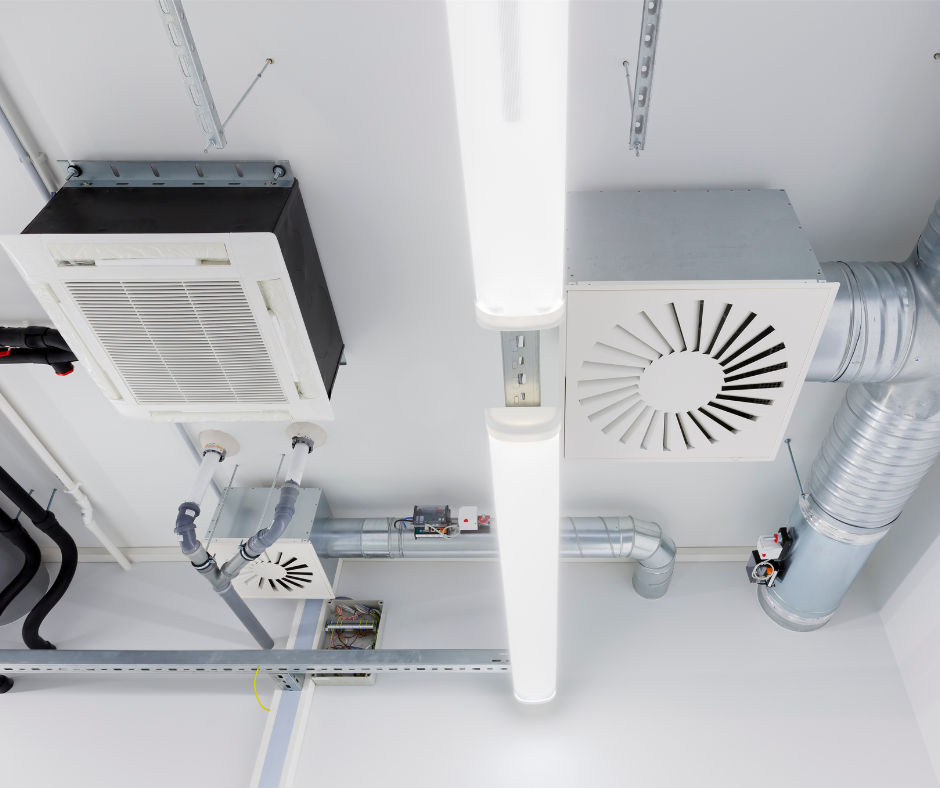A new laboratory is normally a once-in-a-lifetime occurrence and a rare opportunity to set the stage for new ideas and collaborations. To start from the ground up and build a space unlike any other, just the way you want it so your team and business can flourish. This is no small task and much insight and thought needs to go into the process. If you find yourself in this situation, here are some essential tips to keep in mind while designing a modern laboratory.

Laboratory Design Trends
Trends change often, and as a result, it is difficult for laboratory designers and facility planners to keep up. But if you have the opportunity to radically change your laboratory space, do it right and do it well. Incorporate the existing trends but be flexible towards future changes. By maximizing flexibility you can ensure long-term success for your laboratory facilities. Buildings will never keep pace with technology and the changing nature of research, but flexible designs can accommodate changes in technology, new techniques, and new approaches to science and research.
A trend across all industries is designing workspaces to support team efforts. Open laboratories that are optimized for team-based collaboration are becoming more common while the dark, cramped, and closed-off laboratories are a thing of the past. Similar to commercial office spaces, natural light and open areas are more appealing to today’s workforce. For larger companies that specialize in scientific research, this also provides additional visibility for visitors, investors, and others who pass through the facility.
Although operating a highly productive business is expensive, there are growing trends focused on different ways to reduce energy costs in laboratory operations. More sustainable business practices, reduction of waste, and new techniques are all ways for laboratories to become more sustainable, and safer places to work. Fume hoods, playing a crucial role in lab safety, are also stepping up to the challenge, with advancements in design and technology contributing to energy efficiency and safety standards.
As these trends continually change, a laboratory can use design to attract and retain world-class talent. Savvy employers are seeing the value in creating environments that make it easier to retain the next generation of workers.
Designing a Modern & Effective Laboratory
The design and layout of a laboratory have an impact on user productivity. Workstations, sinks, and the location of fume hoods must all be considered. Then, of course, plumbing, electrical, and lighting need proper thought to craft the ideal layout to suit your lab’s specific needs. Other considerations for a successful laboratory design include:
Safety Comes First

Safety should be the top priority in any workplace setting, and this starts with a well-thought-out design. Common hazards stem from electrical issues, chemical leaks, and fires. Having adequate space and wide enough aisles for personnel should be a top priority, not only to evacuate but also for natural movement and flow. Many spills are the result of not having enough space for workers to easily pass one another without bumping each other or equipment.
The location of eyewash stations, safety showers, fire extinguishers, and sprinkler systems should be accounted for as well. Strategically locating these amenities will ensure a safe lab and a productive one. Although lab accidents cannot be eliminated, they can be reduced with a safety-first mindset when designing your laboratory.
Storage
Adequate storage is essential for any new space. Whether you are designing a house or a laboratory, having sufficient storage space will create a more productive environment. Additional cabinets, casework, a storage closet, or shelving are simple ways to ensure there is enough storage. If your laboratory works with chemicals and highly explosive materials, specific measures must be taken for chemical storage. Identify what type of chemicals will be used so you can eliminate improper storage of chemicals that typically take place on lab tables, bench tops, or inside fume hoods.
When a laboratory has proper storage and elements are properly stowed, chemical spills are reduced creating a safer work environment.
Equipment & Supplies List
With proper planning, a comprehensive equipment list will help shape the design of a laboratory. Just like a box cannot be packed without knowing what is going inside, a laboratory cannot be designed without knowing what you’ll have in it. The type and quantity of equipment will impact the layout. Including the electrical, plumbing, and space needed for each piece of equipment.
Laboratory Furniture Materials
The materials used in laboratory furniture should be based on the work being performed and greatly affects the durability of your furniture. If you need a highly acid-resistant material, polypropylene casework may be the best option. If durability and easy-to-clean surfaces are paramount, consider metal casework. If countertops will also serve as computer workstations, you may want to keep in mind ergonomic features. After assessing all of your needs, select a work surface and material that makes sense for your lab. By meticulously considering the demands of your laboratory tasks, you can make a well-informed decision that aligns with the functional needs, durability standards, and ergonomic considerations of your workspace.

Adaptability & Flexibility
As with anything, laboratories change over time. And modern labs must be flexible to expand or reconfigure as needs change. Being able to adapt to new configurations, new technologies, or new uses, will set up any laboratory for long-term success.
Purchasing Considerations for a Modern Laboratory
With new techniques, research practices, and work environments the modern laboratory is always evolving. As modern laboratory design emphasizes flexibility and change for long-term growth, purchasing decisions should follow suit.
Prioritize for Shared Spaces
Collaboration offers numerous benefits and a laboratory space that allows several groups to operate in the same space is the epitome of the modern laboratory. Instead of separating individuals by rows of benches or shelving units, consider a workspace that supports teams. “Opening up” a work environment will promote spontaneous interactions which will increase productivity, problem-solving, and morale.
A collaborative space also makes it easier to share supplies and equipment. Sometimes a short walk to use an unused microscope is better than purchasing multiple microscopes–especially if they aren’t in constant demand. This will lead to greater efficiencies and prevent the accumulation of excess resources.
Prioritize for Sustainability

Laboratories consume a lot of energy. HVAC systems, freezers, and fume hoods are a few of the systems that dominate energy consumption for a lab. Fortunately, there are more options for efficient lab equipment than ever before. Replacing or upgrading these systems will have an environmental impact and lead to financial savings. Replacing HVAC systems may not be feasible, but if you are designing a new laboratory this can be a critical component of the design process. For example, proper placement of fume hoods to eliminate excessively long duct runs is a start.
Ultra-low freezers are crucial for preserving valuable samples, but these devices consume a lot of energy. New compressor designs along with insulation improvements have proven to substantially reduce energy consumption. Newer freezer models also produce fewer greenhouse gases and eliminate the use of chlorofluorocarbons which bodes well for human health.
Other instruments and pieces of equipment contribute to the energy demands of a laboratory. Investing in energy-conscious instruments that offer remote control, or app-based control options is a simple way to reduce energy use. Powering them down with a single tap, or scheduling them to power down at a specified time, will go a long way in reducing energy consumption.
There are also more sustainable options for casework. Units that are manufactured using recycled steel or wood laboratory cabinets that are sourced from sustainable forests are environmentally friendly alternatives.
ADA Compliant Laboratory Cabinets
Any new building or workspace must be compliant with ADA rules and regulations. Here are some things to keep in mind to make sure your laboratory cabinets meet ADA standards.

Height
Cabinets should be installed within an arm’s length of those who are disabled and ADA requires that at least 50% of cabinets need to be ADA compliant, for the laboratory to be compliant. Placing cabinets underneath countertops is a simple way to make them accessible for someone in a wheelchair.
Ease of Use
Cabinets that are too deep may have inaccessible shelves, or it may be difficult for someone to reach the back of the cabinet. If someone opens a cabinet, they need to be able to reach everything on the inside. A great solution for this is movable drawers. Then anyone can find what they need and easily pull out the drawer to get what they want.
There are also ADA guidelines for drawers. For those with limited dexterity, opening lab cabinets may be challenging. That is why it is important to have ADA-compliant drawer pulls/knobs on every cabinet door. These drawer pulls must be easy to grasp and should not require twisting or turning to operate.
Open Space
As already mentioned, open space is good for a variety of reasons, but it is also good for ADA compliance as well. Although it is tempting to install as many cabinets as possible to have additional storage space, there needs to be enough space for someone in a wheelchair. Whether the cabinet is open or closed, a wheelchair needs to have adequate space to maneuver around.
Top-Quality Laboratory Cabinets & Fume Hoods
There is a lot of thought, decisions, planning, and collaboration that go into designing a laboratory. But when it comes to laboratory cabinets and fume hoods, be sure to purchase them from a reputable manufacturer that has top-of-the-line products that meet the needs of today’s most discriminating buyers. Selecting the right equipment is essential to ensure your lab operates smoothly and efficiently. It’s all about keeping things simple and effective for your lab setup, so you can focus on your work without unnecessary complications.
Whether you’re building a new lab or upgrading your existing one, you’ll find a remarkable selection of casework, workstations, fume hoods, and related lab products at National Laboratory Sales. Most of our items can be shipped quickly. In most cases less than two weeks.
Our custom design service is tailored to meet the needs of even the most selective customers. We provide a diverse range of choices, sturdy construction, and top-notch finishes, empowering you to craft the ideal lab setup. Contact us today.
